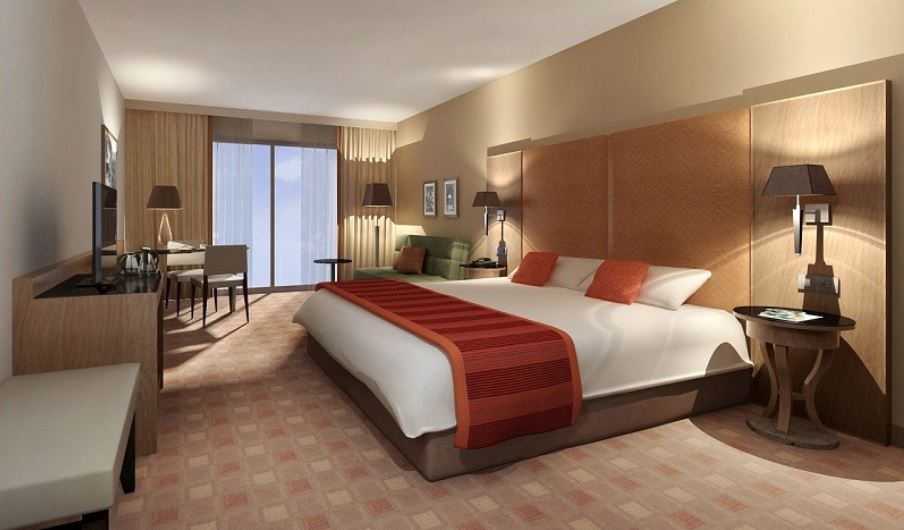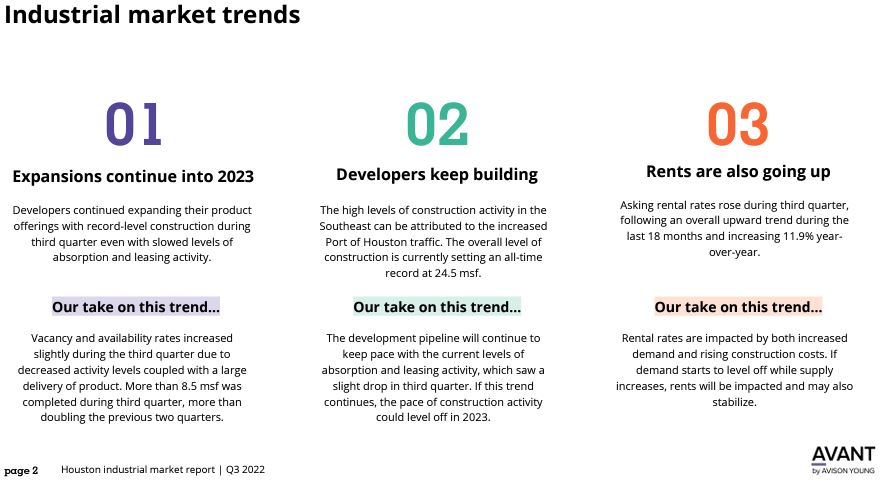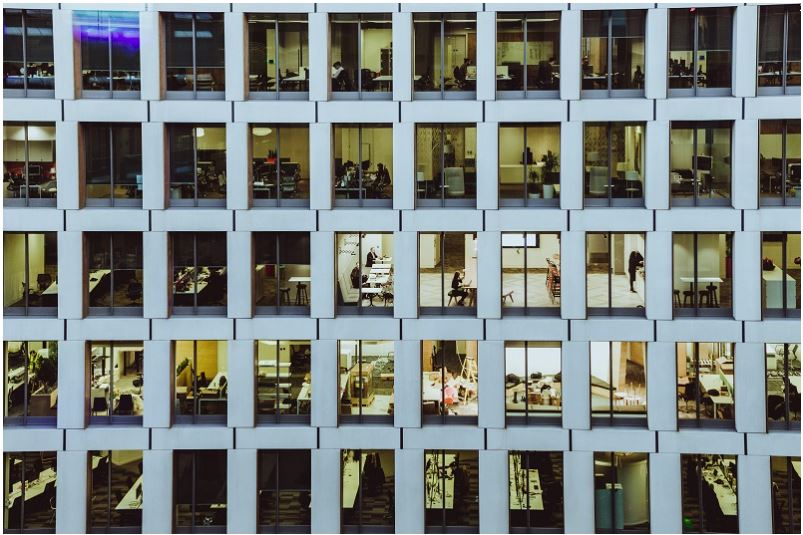Another sign that the hotel industry is on the mend? The number of holiday travelers this year who plan to stay in hotels is on the rise, according to the Hotel Booking Index Survey from the American Hotel & Lodging Association.
The survey, conducted by Morning Consult, also says that hotels are cited as the top lodging choice among those who say they are certain to travel for leisure in the next three months.
The lodging association’s Hotel Booking Index (HBI) is a new composite score gauging the short-term outlook for the hotel industry. The 1-through-10 score is based on a weighted average of survey respondents’ travel likelihood in the next three months (50%), household financial security (30%) and a preference to stay in hotels for travel (20%). Based on the results of the survey, the AHLA Hotel Booking Index for the next three months is 7.1, or very good.
The survey found that the share of those who plan to stay in hotels during their holiday travels this season is on the rise. According to the results, 31% of Thanksgiving travelers plan to stay in a hotel during their trip, compared to the 22% who planned to do so last year. A total of 28% of Christmas travelers plan to stay in a hotel during their trip, compared to 23% who planned to do so last year. Among those absolutely certain to travel for leisure in the next three months, 54% say that they plan to stay in a hotel, according to the survey.
The survey didn’t bring only holiday cheer, however. The lodging association reported that overall holiday travel levels will likely remain flat, with 28% of Americans reporting they are likely to travel for Thanksgiving and 31% likely to travel for Christmas this year – compared to 29% and 33%, respectively, in 2021.
The survey also found that concerns about COVID-19 are fading among travelers but are being replaced by economic challenges like inflation and high gas prices. The survey found that 85% percent of respondents reported that gas prices and inflation are factors they are considering when deciding whether to travel during the next three months. That compares to 70% who said the same about COVID-19 infection rates.
The survey of 4,000 adults was conducted Oct. 14-16. Other key findings:
59% of adults whose jobs involve travel said they are likely to travel for business in the next three months, with 49% among them planning to stay in a hotel during their trip. In 2021, 55% of adults whose jobs involve travel said they were likely to travel for business during the holiday season.
64% of Americans would be concerned about delays or cancellations if they traveled by plane right now, with 66% of these respondents reporting a lower chance of flying this holiday season as a result.
61% of Americans say they are likely to take more leisure/vacation trips in 2023 than they did this year.
58% of Americans are likely to attend more indoor gatherings, events or meetings in 2023 than they did this year.
66% of Thanksgiving travelers and 60% of Christmas travelers plan to drive to their destinations, compared to 24% and 30%, respectively, who plan to fly.
“This survey bolsters our optimism for hotels’ near-term outlook for a number of reasons,” said AHLA president and chief executive officer Chip Rogers, in a statement. “The share of holiday travelers planning hotel stays is rising, plans for business travel are on the upswing and hotels are the number-one lodging choice for those certain to travel for leisure in the near future. This is great news for our industry as well as current and prospective hotel employees, who are enjoying more and better career opportunities than ever before.”










